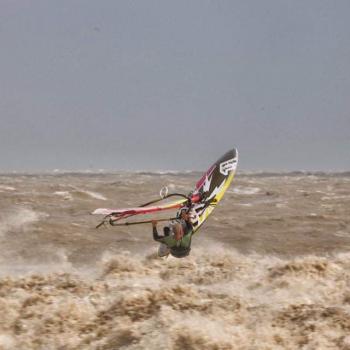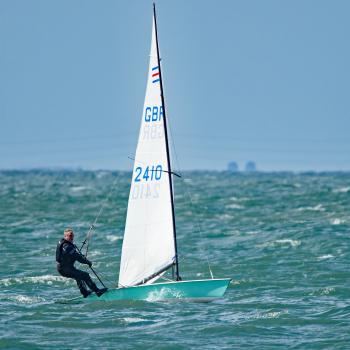http://www.totalhealth.co.uk/clinical-experts/dr-ralph-rogersThe use of Platelet-Rich Plasma (PRP) therapy in treating certain types of sporting injury has been the focus of considerable interest over recent years. Several high-profile sportsmen including Tiger Woods and Rafael Nadal have received the therapy following injury and have credited it with helping to speed up their recovery times.
PRP therapy is used specifically to promote the healing of tendons, ligaments, muscles and joints and it entails injecting high concentrations of a patient’s own blood platelets, which play a key role in the healing process, into the damaged area using an ultra-sound guidance machine.
Notwithstanding anecdotal evidence pointing towards the benefits of PRP therapy there has been limited scientific research to date into this treatment area. However, a new study has now demonstrated that ultrasound-guided PRP therapy can improve functioning and reduce recovery times in sportsmen and women suffering from degenerative tendon disease.
The study was carried out by Dr Alice La Marra, radiology resident at the University of L'Aquila, Italy. It evaluated PRP therapy in 50 athletes who had degenerative tendinosis in the Achilles tendon, which connects the calf muscle to the heel bone, and 30 who had tendinosis in the patellar tendon, which connects the kneecap to the shin bone. Tendinosis is common in athletes and is caused by a repeating cycle of damage and repair. The Achilles and patellar tendons are common sites of tendinosis.
The patients underwent ultrasound-guided PRP every 21 days for a total of three treatments. An MRI scan was taken before the procedures and 30 days and one year after the last treatment. The researchers used standard measures of functionality and pain to determine the severity of the tendinosis.
Patients with tendinosis of the Achilles tendon saw an overall improvement of 80 per cent in pain and 53 per cent in functionality after the PRP treatment. Those patients who had tendinosis in the patellar tendon saw a 75 per cent improvement in pain and a 50 per cent improvement in functionality. The signal intensity on MRI, which provides a measure of tissue integrity, normalised in 90 per cent of the PRP patients.
"PRP enables regeneration of the tendons and reduction of pain thanks to its regenerative and anti-inflammatory properties," said Dr La Marra. "Our study showed that in patients who underwent PRP treatments, there was an improvement of functionality, a decrease in pain and a normalisation of the signal intensity seen on MRI.”
Current treatment options for degenerative diseases of tendons include physical therapy, corticosteroids and surgery.
"Our study showed that PRP is the better option. Compared to the other therapies, it allows a faster and more efficient recovery," Dr La Marra said. "Considering the results obtained in recent years, we hope that the use of PRP in tendinosis becomes routine for patients who practice sports activities, even at a competitive level," she said.
Specialist Consultant in Sports and Musculoskeletal Medicine, Mr Ralph Rogers, welcomes the findings of this study.
“The use of PRP for the treatment of sports injuries is an exciting and rapidly expanding field and I welcome the growing body of evidence that is providing clinical safety and efficacy data,” he commented. “Studies have demonstrated clear benefits in terms of the acceleration in healing and anti-inflammatory action of PRP and new clinical and scientific work exploring condition specific PRP therapy for different clinical therapeutic needs, such as this study, is extremely interesting.”
The study was presented at the recent annual meeting of the Radiological Society of North America (RSNA).












